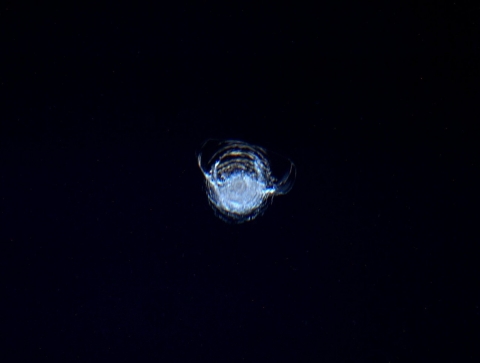Space Junk

Space junk (johan63, iStockphoto)

Space junk (johan63, iStockphoto)
8.22
How does this align with my curriculum?
Curriculum Alignment
AB
11
Knowledge and Employability Science 20-4 (2006)
Unit D: Motion, Change and Transportation Safety
NU
11
Knowledge and Employability Science 20-4 (Alberta, 2006)
Unit D: Motion, Change and Transportation Safety
NT
11
Knowledge and Employability Science 20-4 (Alberta, 2006)
Unit D: Motion, Change and Transportation Safety
BC
11
Earth Sciences 11 (June 2018
Big Idea: Astronomy seeks to explain the origin and interactions of Earth and its solar system.
ON
12
Earth and Space Science, Grade 12, University (SES4U)
Strand C: Planetary science (Science of the Solar System)
